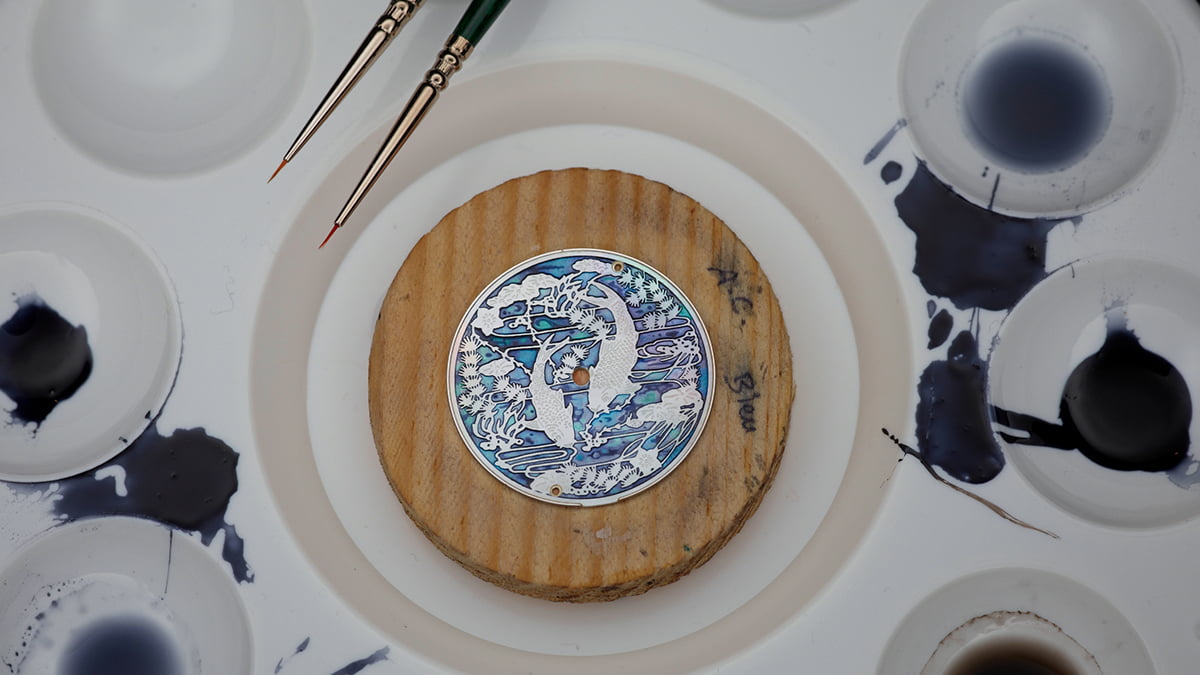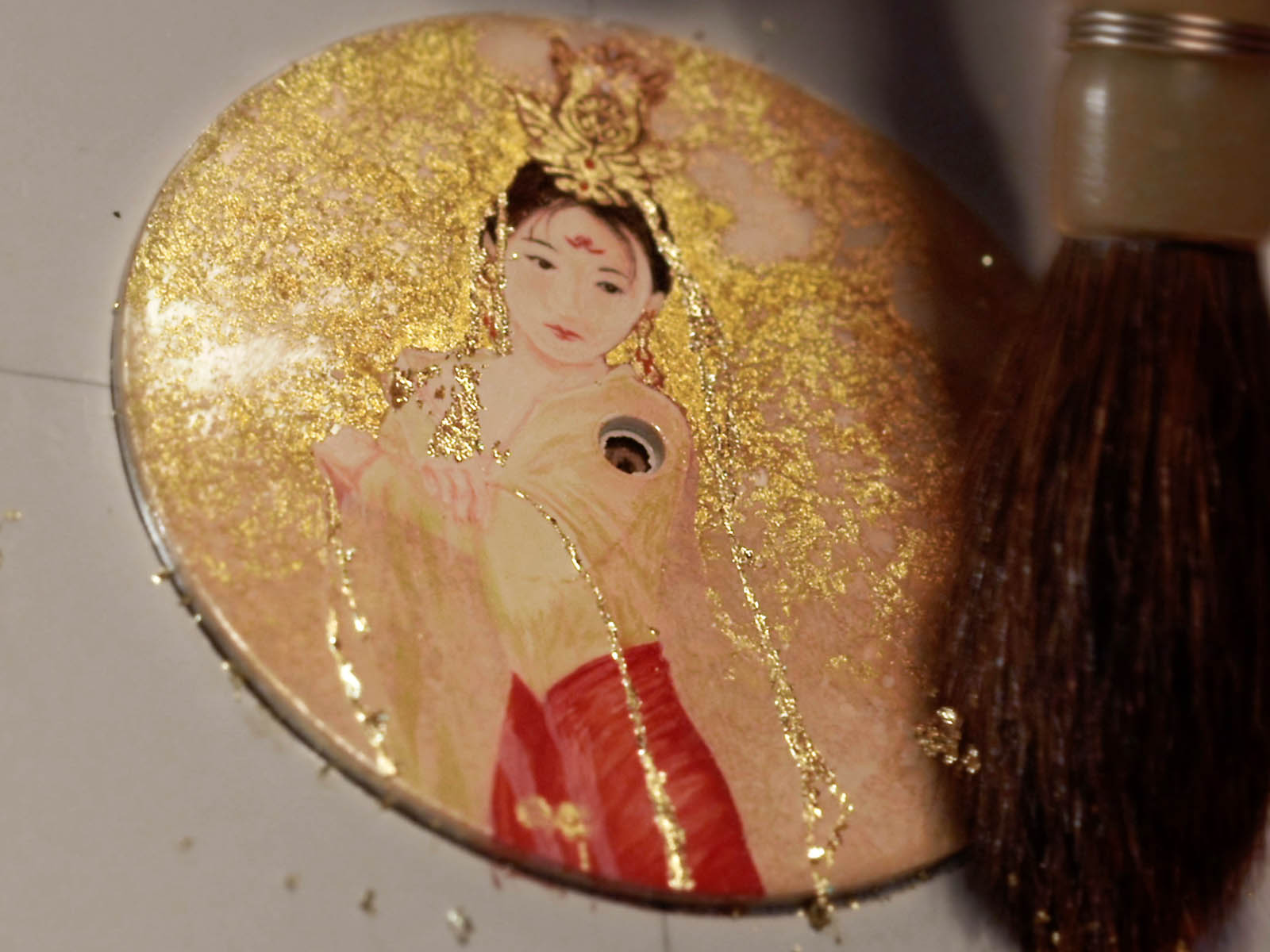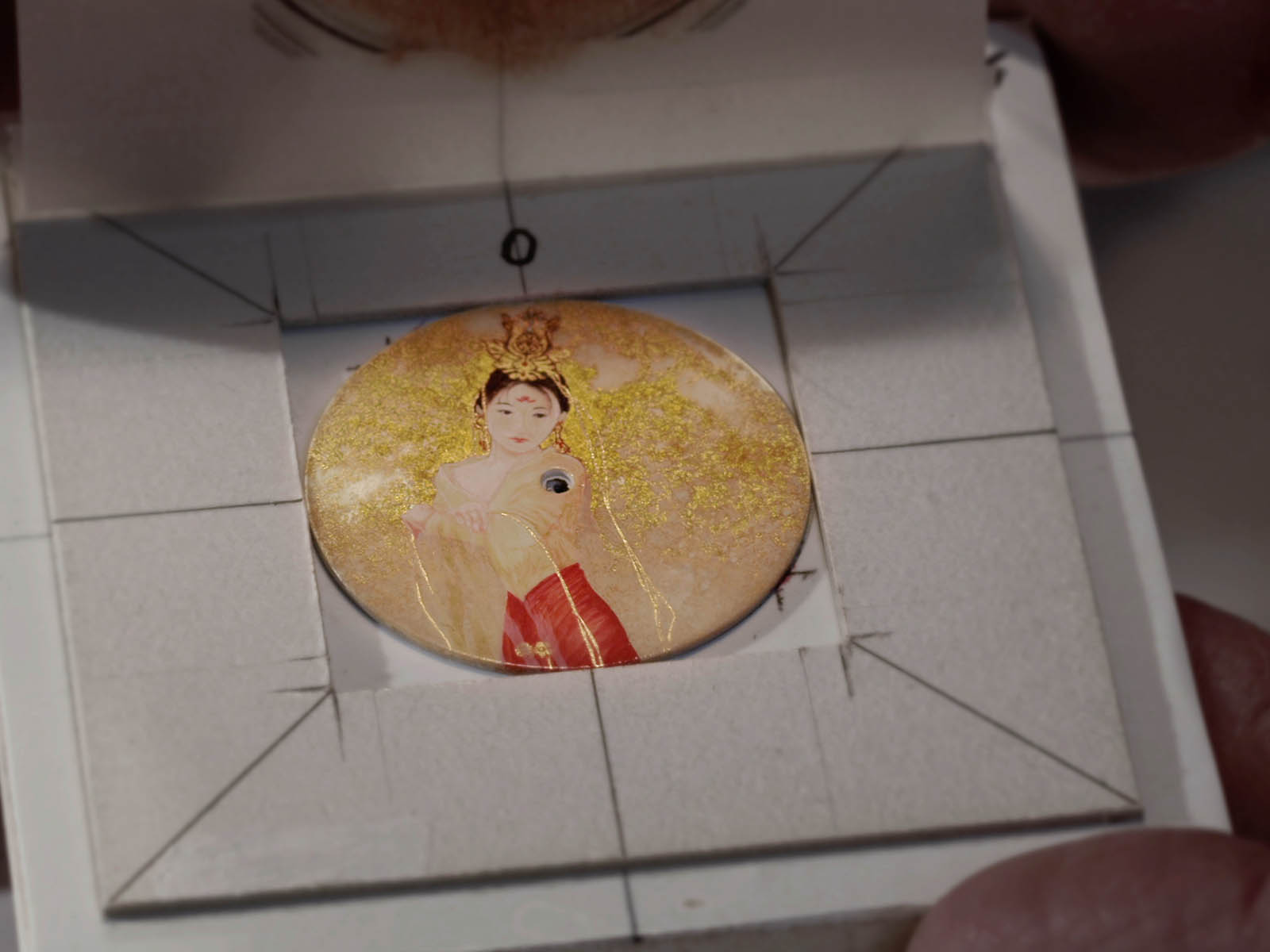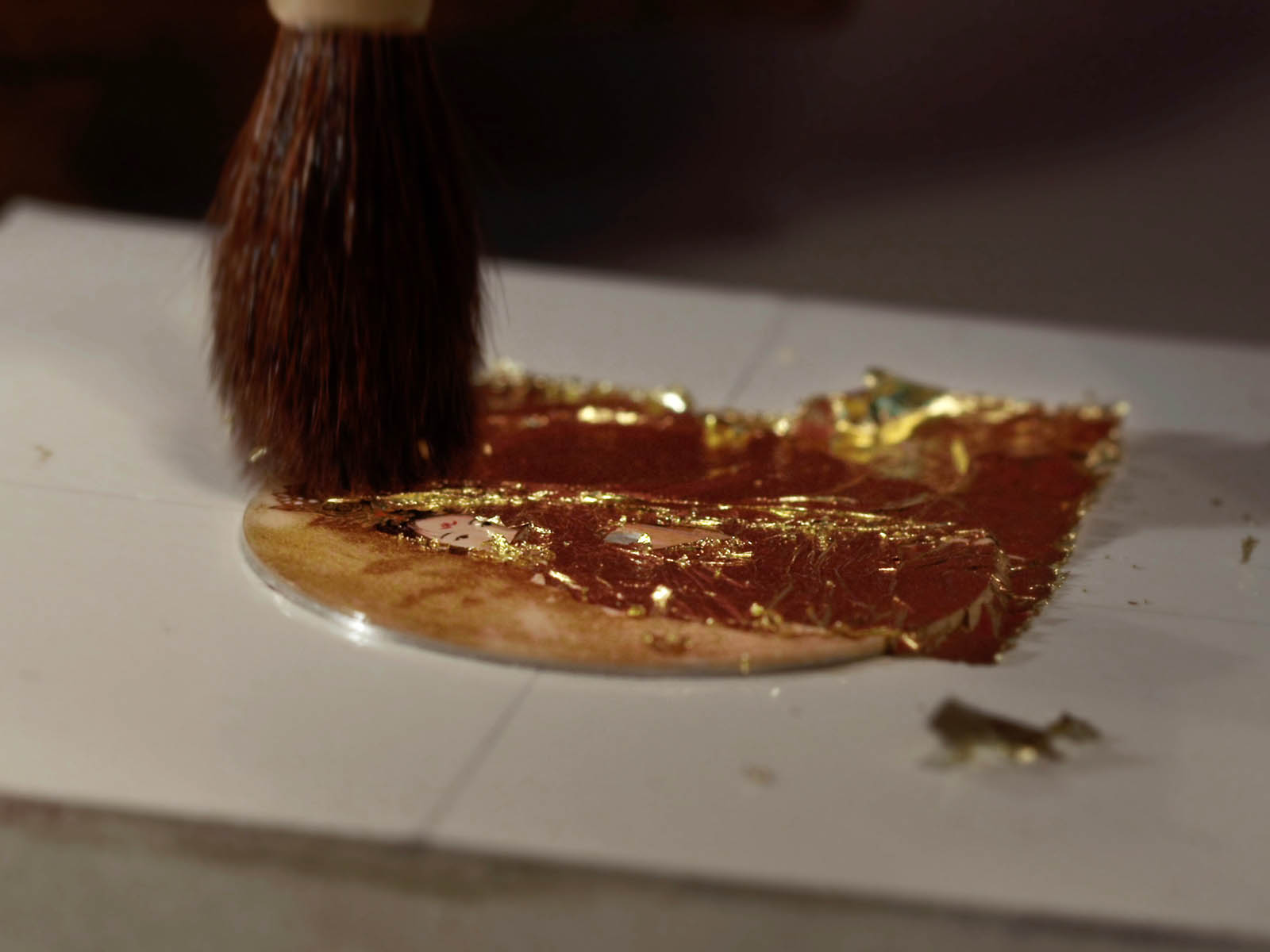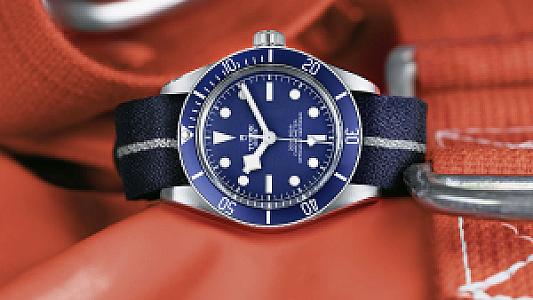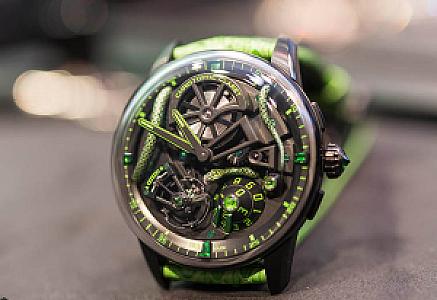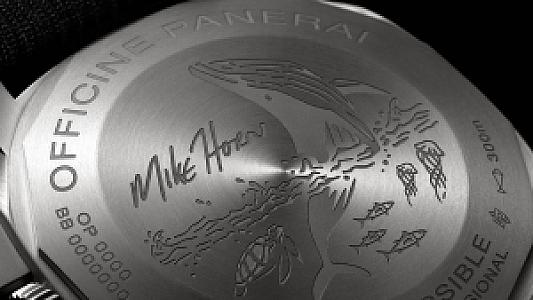Dials that we cannot take our eyes off, impressive artisanship... by Bovet.
What is horology for you? A time-displaying device or a kind of bought wealth statement? If your answer is one of these two, I’m sorry, but you were so wrong. Watches indeed emerged because of necessity. Horology, referred to, as ‘science time and watches’ in dictionaries, is also a goal, a vehicle, a path to a goal, art and a form of existence.
Imagine wearing a watch that you really wanted on your wrist. How do you feel? Strong, precious, happy? How can a mechanical device offer you all these emotions and drag you after itself? Thanks to great labor, strong roots and heritage.
The art of miniature painting comes into play at this very point of ‘labor’. It is so finely processed in micro touches when we see a good example; we cannot take our eyes off it. There is an undeniably successful brand in this field: Bovet. We hardly hear its name or encounter a Bovet watch, but you can easily distinguish a Bovet dial decorated by miniature painting technique as soon as you see one.
To describe Bovet’s success in this area, it is not enough to talk about the present but to go back to the time of Edouard Bovet. Born in Fleurier in 1797 as the son of a watchmaker father, Bovet went to the Chinese city of Canton in 1818 as a watch repairer. Bovet, who sold four timepieces for CHF 10,000, equivalent to a million dollars today, began to live in the Canton. Bovet, who decided to trade with China, got together with his third brother, Gustave, who was a watchmaker in Fleurier, and his other brothers Alphonse and Frederic that were living in London, and founded the Bovet brand. Bovet, which had a great demand in a short time, moved their workshop to Fleurier.
It is undeniable what Bovet, the inventor of the transparent back cover, brought to the world of horology. The fact that he lived in Canton is one of the elements that deeply influenced the watchmaker in his crafts. One of the Bovet watches has been in the Forbidden City of China since the early 19th century proves the great success it has been achieved with its details, craft, and perfectionism, even in a country that is closed to foreign trade.
It is a fact that the enamel and miniature masters, which constitute the essence of decorative arts with the 20th-century industry, are gradually decreasing. We can only say that very few masters can preserve these crafts, which contribute greatly to the international recognition of Switzerland. Bovet is one of the brands that adhere to handicrafts. The miniature painting technique that the brand uses on its dials is called “polished lacquer”, which is developed by one of the artists working for Bovet.
This technique is one of the rare versions that makes fine details stand out among the many techniques that are still used today and are more shock-resistant than enamel. Like other techniques, polished lacquer requires a significant number of consecutive baking processes depending on the complexity of the motif and the number of colors that make up it. Heat does not exceed 140 ° C in ovens. For this reason, there are different applications in the polished lacquer technique.
Mother of pearl serves as a decor on the dials where Bovet painted miniatures; after special treatment, the surface provides the ideal ground for highlighting fine details. The mother of pearl coated with translucent lacquer reveals the brightness of the iridescent colors. Masked with opaque colors, it creates a miniature inlay decor according to the nature of the graphic design.
After the last layer of lacquer is applied and baked, the dial is slightly abraded to reach the final fineness, and then the polishing process begins to reveal the finest details. Nevertheless, Bovet is not content with this technique. For this reason, they are working non-stop on various techniques that can be applied with polished lacquer. One of these techniques is to decorate the dial with gold leaves. Some dials are also used with lacquered gold or silver scales to create a metallic effect.
Personalized with miniature painting, the vast majority of Bovet watches show how collectors associate Bovet with this art. The brand’s efforts in the decorative arts and perfectionism not only contribute to the preservation of skills facing the threat of extinction; it also allows them to gain momentum while bringing it closer to perfection.
